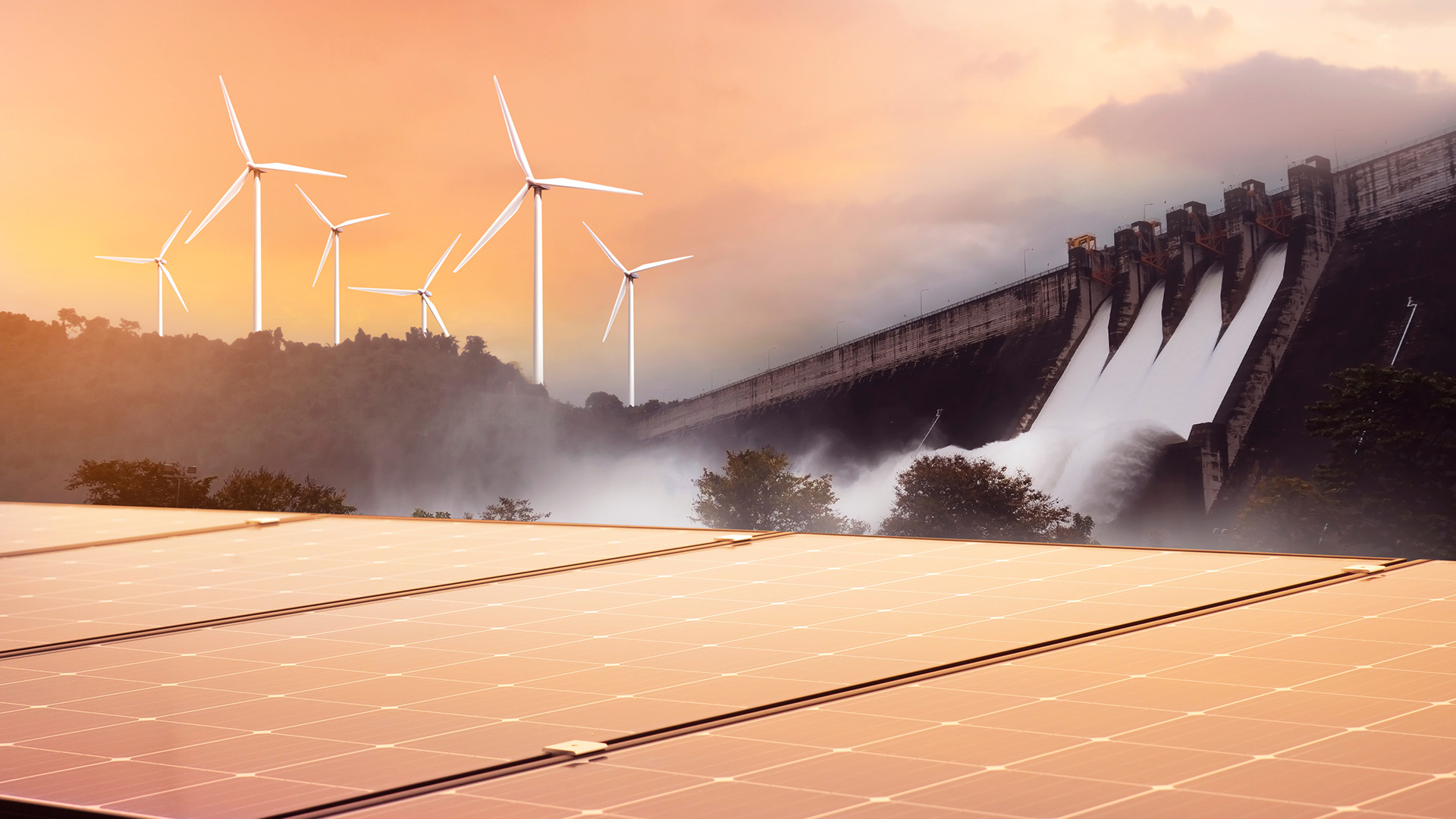
Publication
Compliance Quarterly Türkiye
In this issue of our Compliance Quarterly Türkiye, we continue to inform our clients about the global and local compliance rules and regulations which impact Turkish businesses.


Global | Publication | May 2023
Innovative power purchase agreement (PPA) structures enable solar asset owners to boost returns and leverage their positions, while providing offtakers with the opportunity to protect against increasing electricity prices and enhance their decarbonisation efforts.
Corporate PPAs are not a new phenomenon, with the first deals occurring well over a decade ago. However, the size and frequency of deals – particularly in the US and more recently in the UK and Europe – has picked up in recent years as companies decarbonise while facing turbulence in the power markets.
The rise of corporate PPAs is being accompanied by the increased demand for renewable energy certificates and guarantees of origin, which substantiate that the relevant volume of power consumed is renewable. Examples include, Guarantees of Origin in the EU and UK, Renewable Energy Certificates in the USA, and International Renewable Energy Certificates more globally. A corporate PPA may cover both the offtake of renewable power (whether physical or financial) and the transfer of guarantee of origin certificates.
Early corporate PPAs adopted simple pricing structures, such as a fixed price escalating in line with inflation under predetermined mechanisms. Although they may act as a hedge if prices rise, they also create an exposure to the risk of market prices falling instead. Long-term corporate PPAs are evolving and now being structured to provide a more flexible hedge against rising electricity costs. This is highly attractive in an era of erratic and extreme rises in wholesale energy markets.
With some governments trying to de-link the electricity price from gas prices, which should inevitably lead to lower electricity prices, corporate offtakers are becoming increasingly nervous to commit to long-term fixed prices. As a result, new sophisticated pricing structures have started to emerge that allow for the re-opening of pricing mechanics if there are significant market movements.
Investors in solar PV projects will want to capitalise on the extremely high current wholesale prices, though it is not clear how long prices will stay so high. Likewise, buyers will naturally not want to be exposed to high prices or the risk attached to an unknown future.
PPA structures which allow for “upside sharing” first arose in the US and are yet to become widely used in the UK or Europe, but that may soon change. They allow generators and buyers to agree on a lower fixed price and then share the reward of potential upside from higher wholesale prices as well as the downside from lower price levels, giving each a partial hedge in both directions. In comparison, in a standard fixed price PPA, the buyer assumes the whole risk and reward of being locked into a fixed price.
As demand for clean and green energy grows, developers are finding innovative ways to offer their services to smaller offtakers. The aggregation of buyers together can allow smaller entities to benefit from renewable generation sources, as well as offering generators a diversification of credit risk.
While large tech corporates offtake long-tenured PPAs (10 or 15 years being standard), smaller companies, and more conservative larger companies, are not used to the idea of contracting for their electricity a decade in advance. PPAs and power products more broadly are still not standardised or easily accessible, and the costs of negotiating and executing such agreements can be off-putting.
To date, shorter-term power contracts are most obviously seen in the futures power markets, where the liquidity in longer term contracts is still limited beyond 2 or 3 years. Even if liquidity increases through the supply side, a standard 10 or 15 year PPA is for many potential offtakers just too big of a jump from their current power supply arrangements. For such companies, shorter-term PPAs of 3, 5 or 7 years in length might prove a better gateway.
For generators, short-tenure contracts have historically been thought to mean higher merchant risks, which leads to higher costs in raising debt or equity or a restriction on the debt tenor that is available. More recently though, uncertainty about long-term market conditions have made accepting shorter PPA maturities more palatable and the banking market is beginning to take a longer term view on merchant risk for renewables (albeit in more mature markets to date).
Short-tenure PPAs will in practice also come from older projects where their original subsidy packages may soon expire. Refinancing of such older projects may need to bridge the last few operational years, making short-term PPAs an attractive option, but offtakers seeking additionality may be unwilling to offtake from such projects.
Whilst the balancing risk usually sits with the offtaker, generators can offer innovative ways to help offtakers manage that risk. One way a solar PV project can address imbalance risk is to co-locate or otherwise integrate some form of energy storage that can then be used by the generator to smooth out its electricity output.
Batteries allow solar projects to store up any excess energy produced during periods of high generation but low demand and export this to the grid during more profitable periods of higher demand. With such enhanced output flexibility a generator is able to much better shape risk, and potentially even offer an output guarantee to buyers. This would make PPA offerings far more attractive to such offtakers as well as helping improve the general bankability of the solar project.
Buyers and direct offtakers can also shape imbalance risks by either increasing or decreasing their demand to match the output profile from the solar PV site they are contracting with. This will obviously only be practical for certain offtakers, but large industrial consumers are already using smart technologies to optimise their energy usage to when power is cheapest or renewable power is more available.
A logical extension of that trend is buyers adapting to periods of low generation by switching off non-urgent equipment or bringing online its own behind-the-meter storage options. Such strategies could allow a corporate buyer to manage all or even just part of the shape risk itself, potentially resulting in more attractive pricing options under its PPA arrangements.
You can read the full version of this article in PV Tech: How innovative PPA contract structures benefit solar asset owners and offtakers - PV Tech (pv-tech.org).

Publication
In this issue of our Compliance Quarterly Türkiye, we continue to inform our clients about the global and local compliance rules and regulations which impact Turkish businesses.
Subscribe and stay up to date with the latest legal news, information and events . . .
© Norton Rose Fulbright US LLP 2025